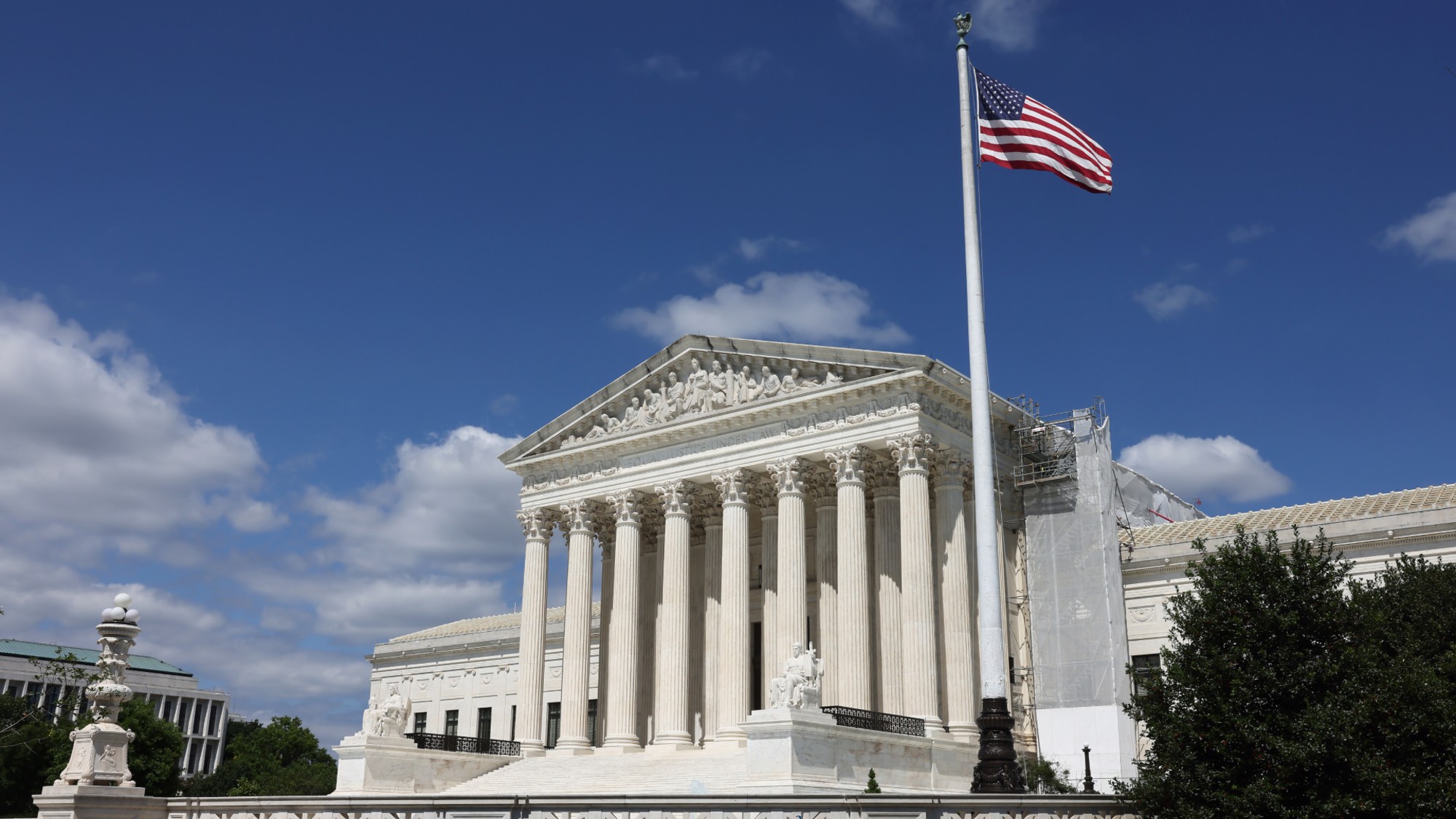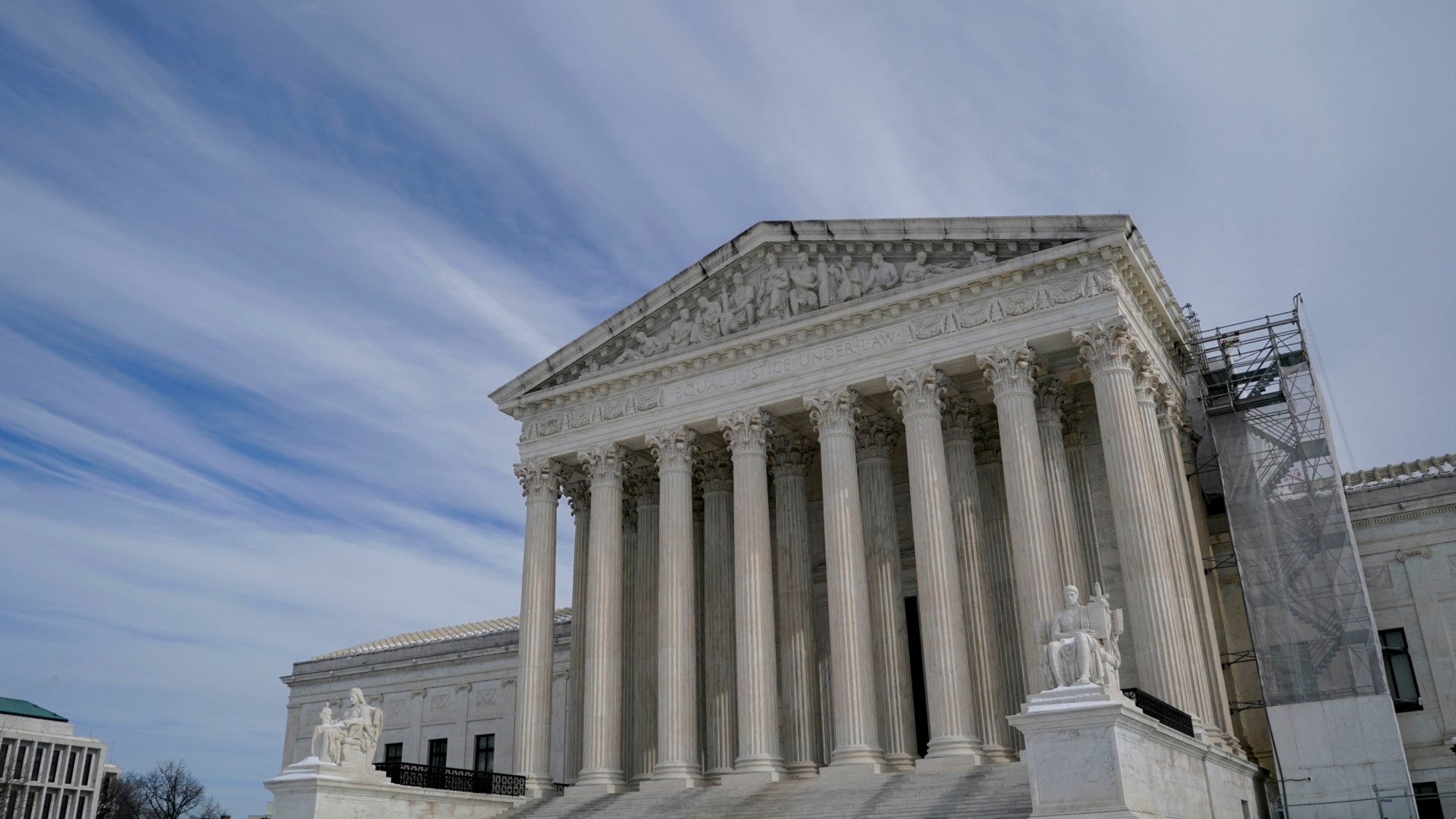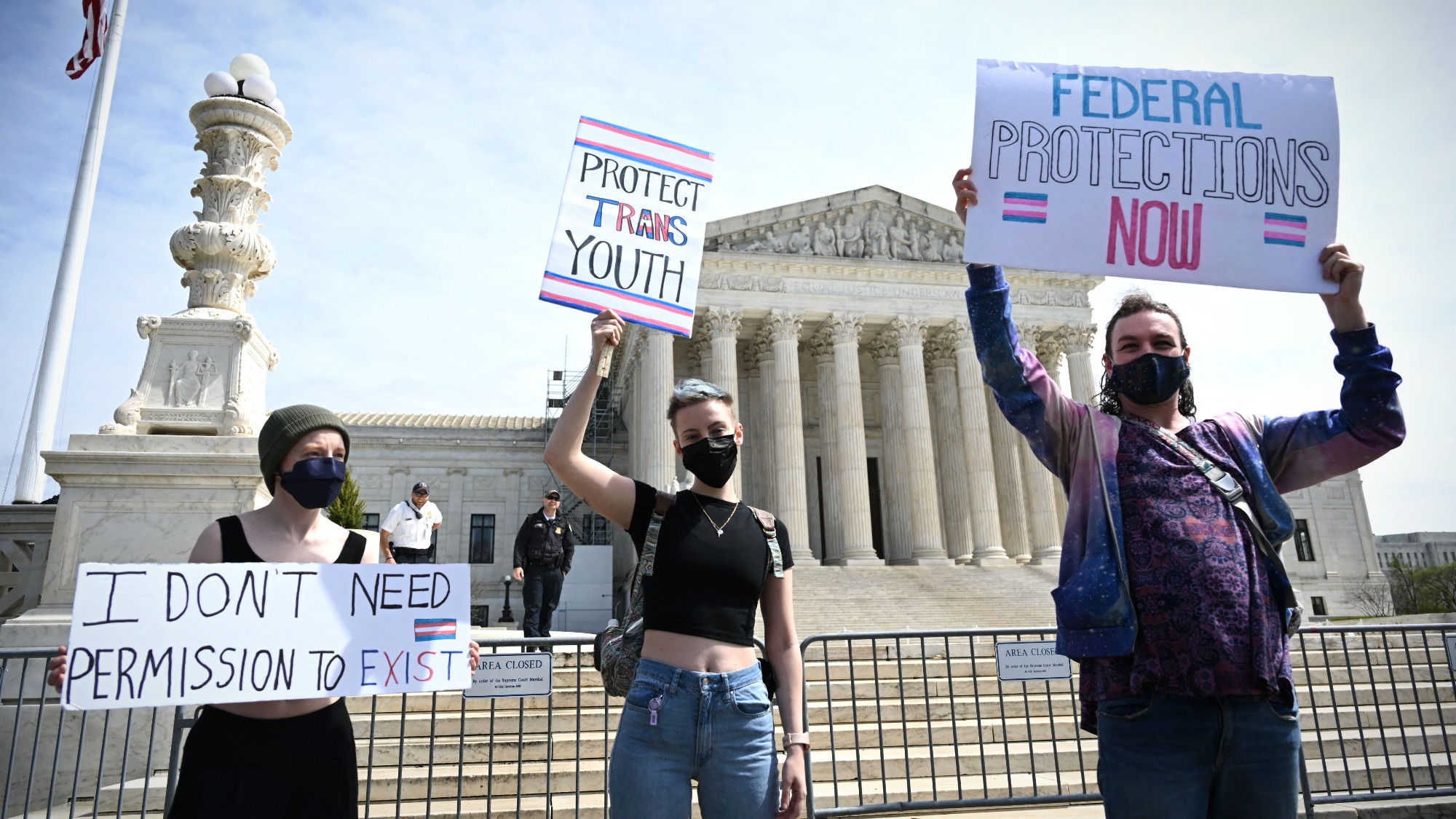Brett Kavanaugh's Supreme Court nomination is historically unpopular


Support for President Trump's second Supreme Court nominee, U.S. Appellate Judge Brett Kavanaugh, is lower than the support for failed 2005 justice nominee Harriet Miers and only slightly higher than the support for approving failed nominee Robert Bork, the last nominee to come up short in a Senate confirmation vote, according to a CNN/SSRS poll released Thursday. Including Bork, Kavanaugh is the only nominee whom a plurality of Americans don't want to see confirmed, the poll found.
The poll found that 37 percent of U.S. adults want the Senate to confirm Kavanaugh versus 40 percent who don't. Miers, whose nomination former President George W. Bush pulled amid an outcry from Republicans, had 44 percent of the public behind her and 36 percent opposed; Bork was supported by 31 percent of Americans but opposed by only 25 percent. The third failed nominee on CNN's list, Merrick Garland, drew support from 52 percent of adults and opposition from 33 percent; he never got a confirmation hearing or vote in 2016 because Republicans did not allow it.
There is a strong gender divide in the Kavanaugh numbers, possibly because he is widely seen as the key vote to overturn Roe v. Wade. Only 28 percent of women want the Senate to confirm Kavanaugh, including 6 percent of Democratic women, 28 percent of independent women, and 71 percent of GOP women. The Senate Judiciary Committee has scheduled a confirmation hearing for Sept. 4, but Democrats say they are preparing to sue the National Archives for withheld records from Kavanaugh's time in the Bush White House. CNN's poll was conducted by SSRS Aug. 9-12 among 1,002 adults; it has a margin of sampling error of ±3.9 percentage points.
The Week
Escape your echo chamber. Get the facts behind the news, plus analysis from multiple perspectives.

Sign up for The Week's Free Newsletters
From our morning news briefing to a weekly Good News Newsletter, get the best of The Week delivered directly to your inbox.
From our morning news briefing to a weekly Good News Newsletter, get the best of The Week delivered directly to your inbox.
A free daily email with the biggest news stories of the day – and the best features from TheWeek.com
Peter has worked as a news and culture writer and editor at The Week since the site's launch in 2008. He covers politics, world affairs, religion and cultural currents. His journalism career began as a copy editor at a financial newswire and has included editorial positions at The New York Times Magazine, Facts on File, and Oregon State University.
-
 Guess the Number: January 2026
Guess the Number: January 2026Puzzles The daily number puzzle from The Week
-
 The Week’s big New Year’s Day quiz 2026
The Week’s big New Year’s Day quiz 2026Quiz of the Year How much do you remember about 2025’s headlines? Put yourself to the test with our bumper quiz of the year
-
 Is tanking ruining sports?
Is tanking ruining sports?Today's Big Question The NBA and the NFL want teams to compete to win. What happens if they decide not to?
-
 How far does religious freedom go in prison? The Supreme Court will decide.
How far does religious freedom go in prison? The Supreme Court will decide.The Explainer The plaintiff was allegedly forced to cut his hair, which he kept long for religious reasons
-
 The Supreme Court case that could forge a new path to sue the FBI
The Supreme Court case that could forge a new path to sue the FBIThe Explainer The case arose after the FBI admitted to raiding the wrong house in 2017
-
 ABC News to pay $15M in Trump defamation suit
ABC News to pay $15M in Trump defamation suitSpeed Read The lawsuit stemmed from George Stephanopoulos' on-air assertion that Trump was found liable for raping writer E. Jean Carroll
-
 Judge blocks Louisiana 10 Commandments law
Judge blocks Louisiana 10 Commandments lawSpeed Read U.S. District Judge John deGravelles ruled that a law ordering schools to display the Ten Commandments in classrooms was unconstitutional
-
 Supreme Court to weigh transgender care limits
Supreme Court to weigh transgender care limitsSpeed Read The case challenges a Tennessee law restricting care for trans minors
-
 ATF finalizes rule to close 'gun show loophole'
ATF finalizes rule to close 'gun show loophole'Speed Read Biden moves to expand background checks for gun buyers
-
 Hong Kong passes tough new security law
Hong Kong passes tough new security lawSpeed Read It will allow the government to further suppress all forms of dissent
-
 France enshrines abortion rights in constitution
France enshrines abortion rights in constitutionspeed read It became the first country to make abortion a constitutional right
